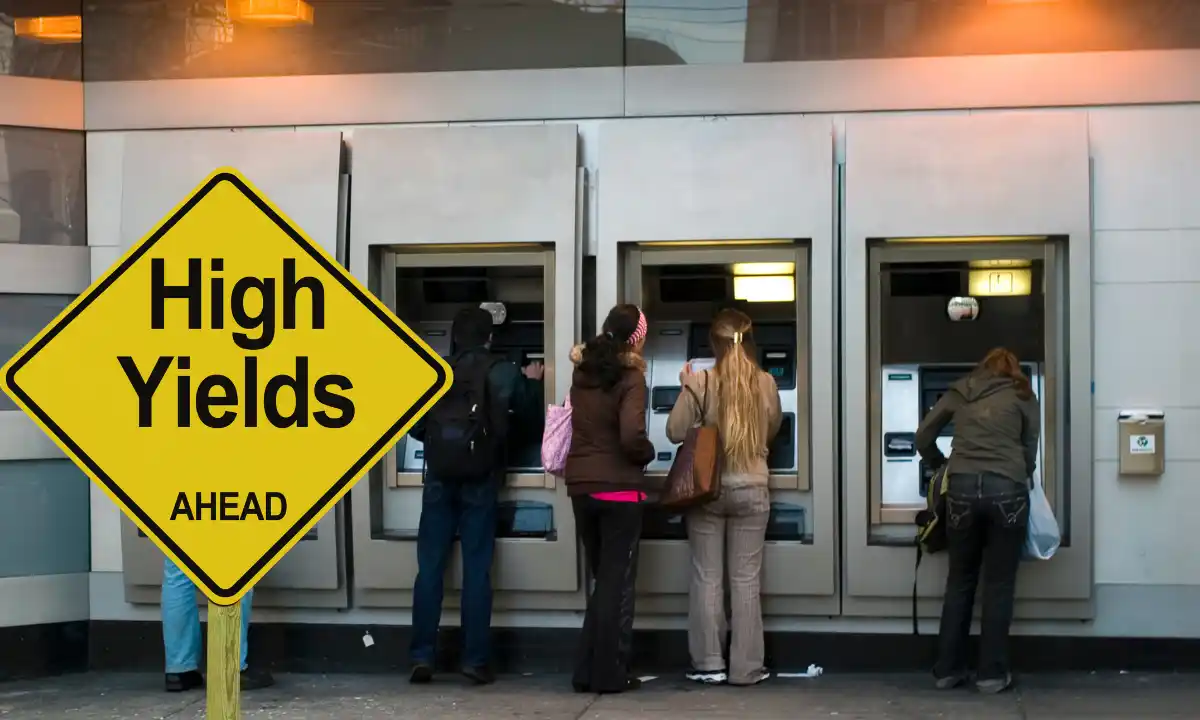
How Declining Job Growth Impacts Mortgage Rates and the Housing Market
In our ever-changing economy, there’s a fascinating interplay between job market performance, mortgage rates, and the housing market. Recently, we witnessed a surprising turn of events where a decline in job creation led to significant fluctuations in mortgage rates. In this article, we’ll delve into the details of this intricate relationship, explore the implications for prospective homebuyers, and discuss the possible factors affecting these changes.
The Shocking Jobs Report
October brought forth a shocking revelation in the Labor Department’s monthly jobs report – only 150,000 jobs were created, a figure considerably lower than the 297,000 gain seen the previous month. This unexpected downturn in job growth caught the attention of investors and financial markets, setting off a chain reaction that impacted various sectors, including the housing market.
Mortgage Rates and 10-Year Treasury Yields
Mortgage rates are closely linked to the 10-year Treasury yields. As the job market faltered and investors anticipated interest rate cuts from the Federal Reserve, the 10-year Treasury yields plummeted. This, in turn, had a ripple effect on mortgage rates, pushing them to their lowest levels in months. For potential homebuyers, this decline in mortgage rates offered a glimmer of hope in an otherwise unaffordable housing market.
The Fed’s Perspective
While a cooling labor market may not be favorable for the average American worker, it presents an opportunity for the Federal Reserve. The Fed has been grappling with inflation for nearly two years and has been contemplating ways to slow job growth to address this issue. The unexpected drop in job creation numbers strengthens the case for the Fed to consider ending its rate hike cycle and potentially even entertaining the idea of a rate cut in 2024.
The Stock Market’s Response
News of the Fed’s potential policy shift resonated strongly in the stock market. The S&P 500 and the Nasdaq experienced significant gains, marking their best weekly performance in quite some time. This positive response from the stock market was indicative of the potential relief that could be on the horizon for the housing market.
Mortgage Rate Relief
Prospective homebuyers, who have been struggling to afford homes due to soaring prices, were relieved to see the average 30-year fixed U.S. mortgage rate fall to 7.36%. This rate drop, a substantial 67 basis points lower than the previous month, marked a significant turnaround for potential homebuyers. The consensus was clear – it was a step in the right direction for the housing market.
The Real Story Behind the Slowdown
However, it’s essential to consider potential factors that might have artificially lowered October’s job creation figures. Historically high strike numbers, particularly the strikes by auto workers at major companies like Ford, GM, and Stellantis, played a substantial role in suppressing employment figures. Although these striking workers will likely be added back into the workforce, it’s crucial to note that September’s job creation numbers were also revised downward by 39,000.
Expert Insights
Experts in the field have weighed in on the situation. Chris Zaccarelli, Chief Investment Officer for Independent Advisor Alliance, believes that even when accounting for the striking workers, there is a genuine downward trend in employment growth. Kathy Bostjancic, Chief Economist at Nationwide, concurs with this view, stating that there is a clear decline in employment growth, even after accounting for the impact of the strikes.
The Impact on Markets
A cooling labor market is generally seen as a positive sign for financial markets, as it suggests a potential end to the Fed’s rate hiking campaign. The subsequent drop in mortgage rates brings hope to homebuyers, easing the burden of affordability in the housing market. The abrupt reversal in mortgage rates is a significant relief for those who were previously deterred by high housing costs.
A Glimpse of Hope
Before the latest jobs report, housing market affordability was at an all-time low, with the average buyer estimated to take 13.5 years to see a return on their investment, well above the historical average of six years. The decline in job growth and the potential end to the Fed’s rate hike cycle offer a glimmer of hope for prospective homebuyers.
The Uncertainty
Despite the optimism, it’s important to remain cautious. A possible economic downturn, indicated by a steep rise in the unemployment rate, could have far-reaching consequences. While a recession could bring down mortgage rates, it could also lead to job losses, hindering many Americans’ homeownership dreams.
In conclusion, the recent fluctuations in mortgage rates and the housing market are closely tied to the performance of the labor market and the Federal Reserve’s policies. While the decline in job growth has provided temporary relief, the true extent of its impact remains to be seen. The intricate dance between these economic factors underscores the need for prospective homebuyers to remain vigilant and well-informed as they navigate the complex housing market.





